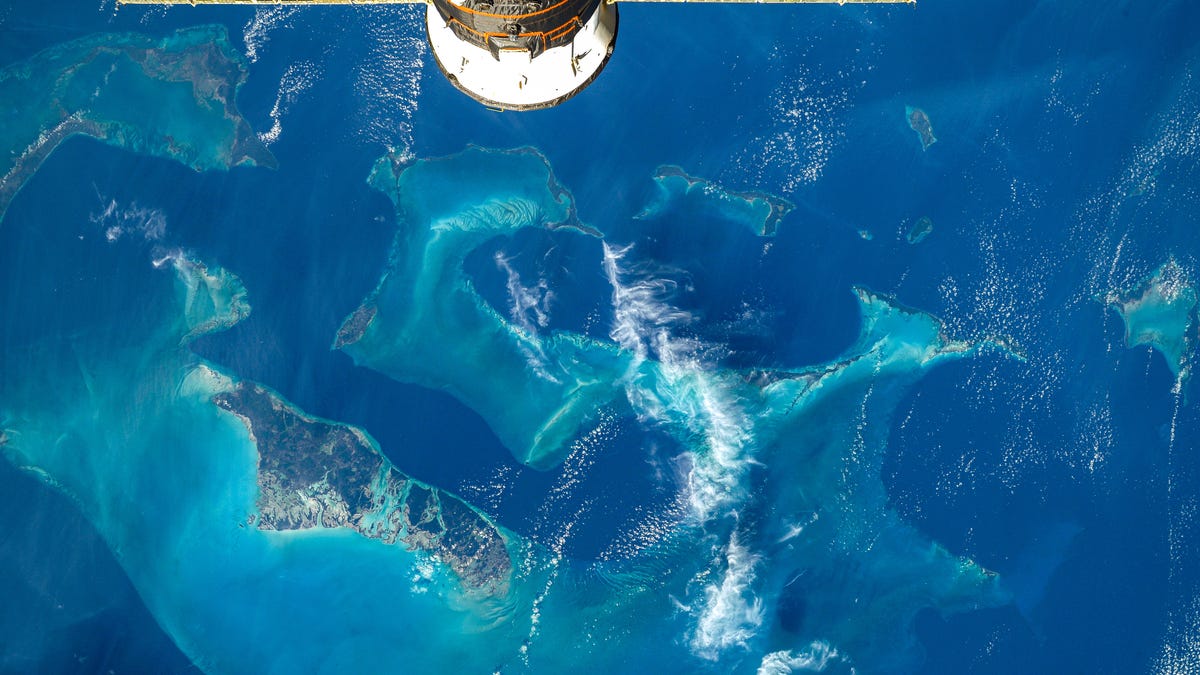2022 has been a huge year for NASA — which this year launched the Artemis moon mission, saw images from the James Webb Space Telescope, smashed into an asteroid and more — but the year isn’t over yet. On Thursday, NASA and its partners launch a mission that will give humanity its best look yet at nearly all of the water that covers the Earth’s surface.
The Surface Water and Ocean Topography (SWOT) satellite is slated to launch aboard a SpaceX Falcon 9 rocket on Thursday at 3:46 am PST. The rocket will launch from Space Launch Complex 4-East at Vandenberg Space Force Base in California.
Once in orbit, SWOT will measure the height of water in the ocean, as well as freshwater bodies, on more than 90% of Earth’s surface. Its innovative technology will deliver a 10x improvement in the spacial resolution of scientists’ measurements of water height.
“This is important because as the climate warms, oceans are rising,” Karen St. Germain, director of NASA’s Earth Science Division, told reporters on Wednesday. “Our coastlines are changing, and we’re seeing large fluctuations in inland water bodies — lakes, reservoirs and rivers.”
SWOT, she continued, will bring a “revolutionary advance” in our understanding of the water cycle — how water moves from the oceans to land through the atmosphere and then back to the ocean.
“The data from SWOT will inform communities around the world, from water managers and agriculture producers inland, to coastal communities who are dealing with the increased risk of flooding,” she said.
The SWOT mission is a joint effort between NASA and the French space agency Centre National d’Études Spatiales (CNES). The space agencies have also received assistance from the Canadian Space Agency (CSA) and United Kingdom Space Agency.
NASA’s Jet Propulsion Laboratory (JPL) built the primary component of the mission’s scientific payload — the Ka-band Radar Interferometer (KaRIn). Using radar interferometry, KaRIn will measure ocean and surface water levels over a 120-km (75-mile) wide swath with an approximately 20-km (12-mile) gap along nadir. The Canadian Space Agency provided a high-power assembly component for KaRIn.
The payload also includes the Jason-class Altimeter, which will collect data in the gap between the KaRIn swaths. It will send and receive signals that travel straight up and down. Each pulse’s round-trip travel time will be used to determine Sea Surface height.
Then there’s the Doppler Orbitography and Radiopositioning Integrated by Satellite (DORIS) Antenna. This instrument, built by CNES, will pick up signals from 50 to 60 ground-based radio beacons, equally distributed over Earth to ensure good coverage. CNES also built the Nadir Altimeter.
The payload also includes a Microwave Radiometer for measuring water vapor between, an X-band Antenna, an array of mirrors called the Laser Reflector Assembly and a GPS receiver.
In June 2021, JPL shipped the payload to France, where a multinational team integrated the instruments with the satellite bus.
SWOT’s instruments will be able to resolve ocean features like currents and eddies less than 60 miles across, lakes and reservoirs larger than 15 acres, and rivers wider than 330 feet across.
“Think about putting on glasses,” St. Germain said. “We will have a crisp picture of these inland water bodies. We’ll go from being able to see a couple thousand lakes and reservoirs to millions. That will have an enormous positive impact for those who rely on knowledge of water levels to manage water for everything from agriculture to human consumption.”



